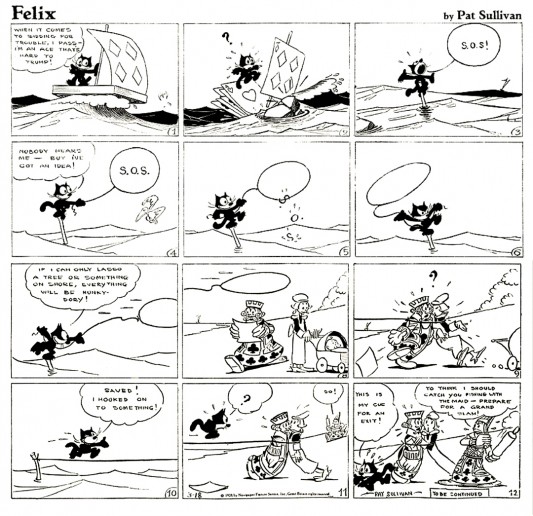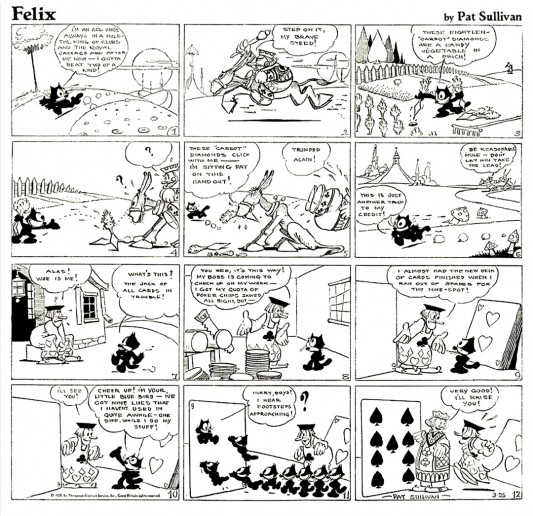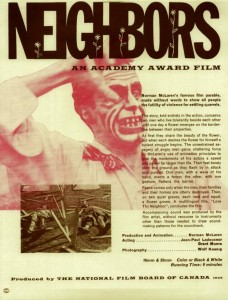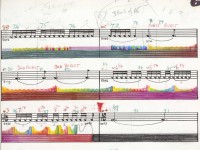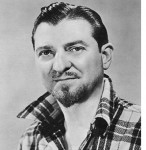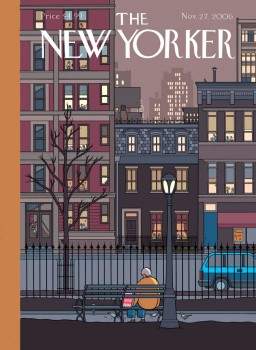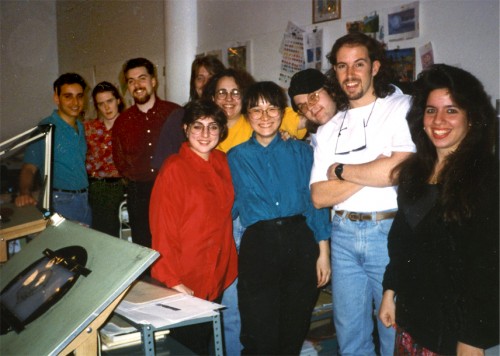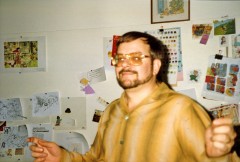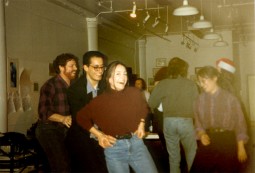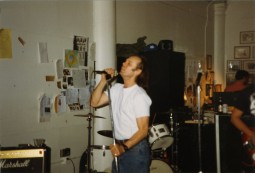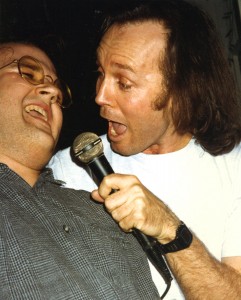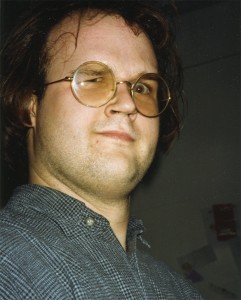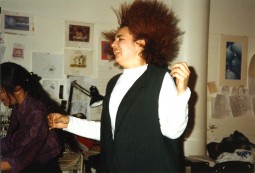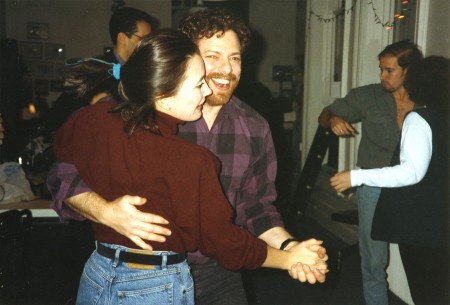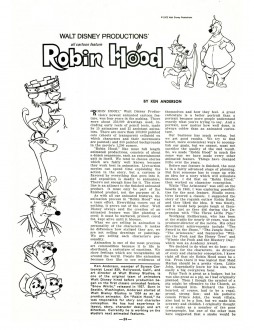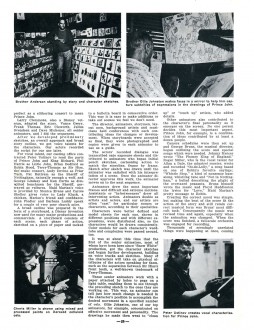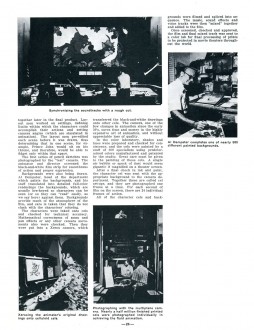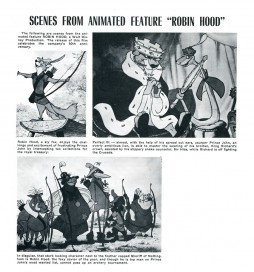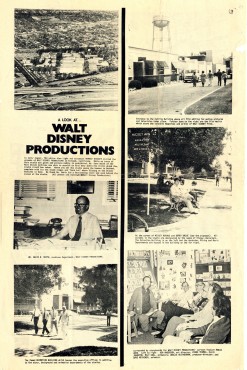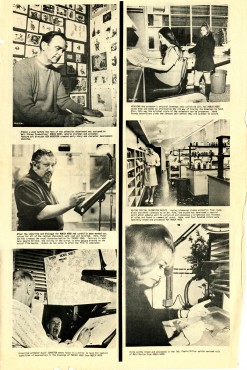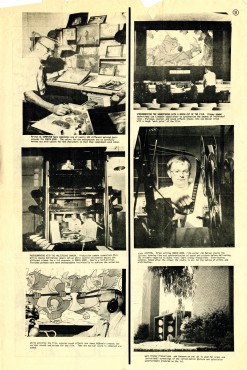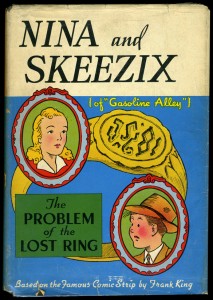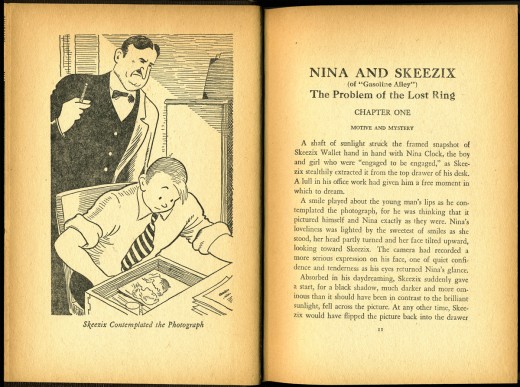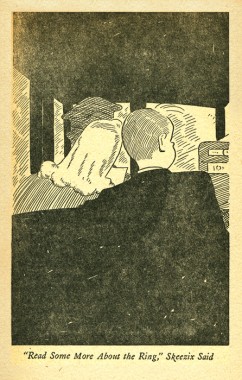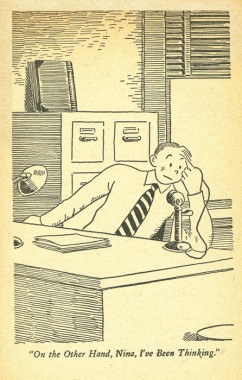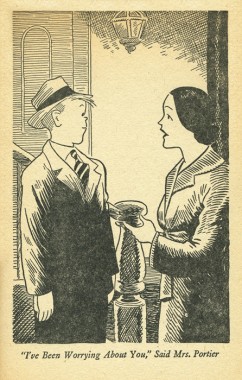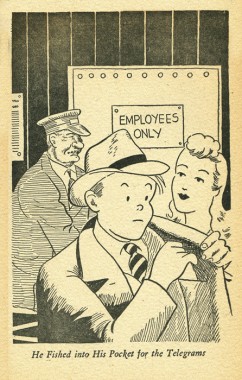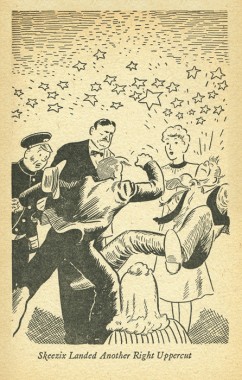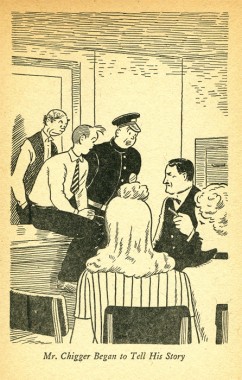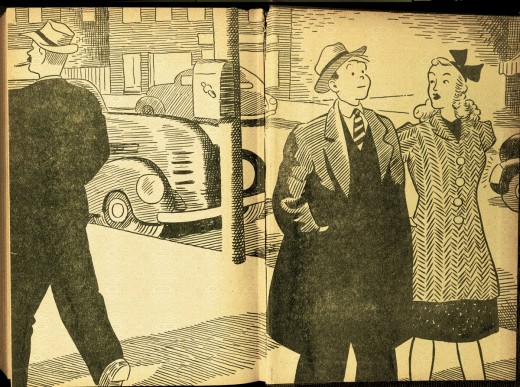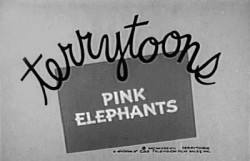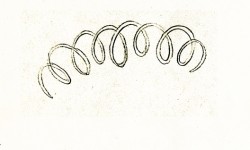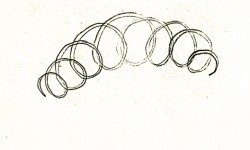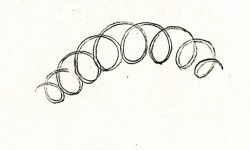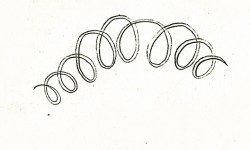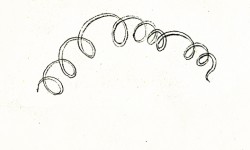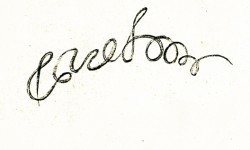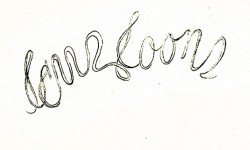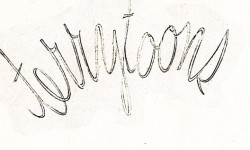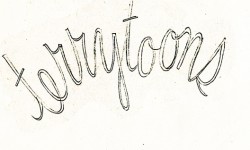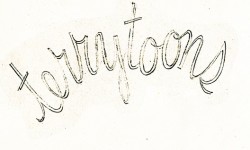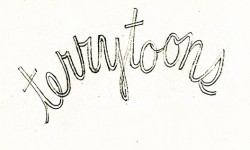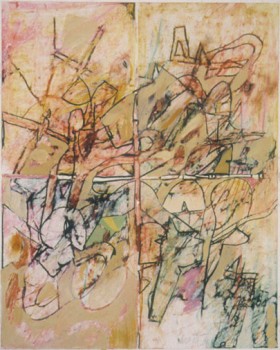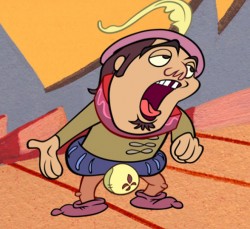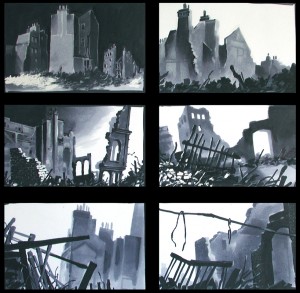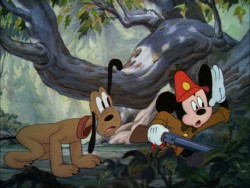- On Saturday, the NY chapter of the MPAcademy got to see the accepted submissions of the animated shorts. From the 32 shown, a shortlist of 5-10 films will be selected. At a January screening, these will be reduced to the nominees (3-5) which will be announced late January.
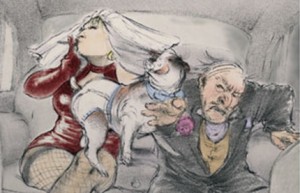 About a third of the films were screened at Ottawa, and some of them won awards there, hence I’ve seen a lot of them prior to this screening. A couple of films stood out for me, and I’d like to comment on them.
About a third of the films were screened at Ottawa, and some of them won awards there, hence I’ve seen a lot of them prior to this screening. A couple of films stood out for me, and I’d like to comment on them.
Sure shots:
Joanna Quinn‘s Dreams and Desires: Family Ties
This is the first time I’d seen the film, though I heard a lot about it. The short features beautiful drawing, delicate animation, a funny story. It’s won a number of big awards at festivals. This is a no-brainer. The film is going all the way.
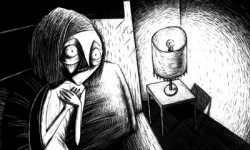 Regina Pessoa’s Tragic Story With Happy Ending is an attractive 2D film with a great soundtrack.
Regina Pessoa’s Tragic Story With Happy Ending is an attractive 2D film with a great soundtrack.
The art is stunning; it looks like animated etchings. The story is a little murky, but that may be something some people will find in its favor. The film has won a lot of big awards at many festivals. It’ll definitely make the shortlist.
Others that I liked:
Andreas Hykade‘s The Runt was at Ottawa, and stood out at this screening. Bright styling with strong colors. It has a dark story that gets a bit difficult toward the end. A good film.
Don Hertzfeldt‘s latest film, Everything Will Be OK has a complex story that is definitely original for animation. It’s more like a short story with good animated stick-figure illustrations. He certainly pushes the limits of this style in the film. It’s an excellent work; intelligent and adult.
Adam Parrish King‘s The Wraith of Cobble Hill is a clay-animated, B&W student film that slowly tells an original story. There’s some good character development. It’s quite touching and the story forgives some of the basic animation techniques.
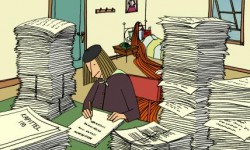 Torill Kove‘s The Danish Poet is all story, and it’s well told. There’s a bit of poetry blended in, appropriately given its subject.
Torill Kove‘s The Danish Poet is all story, and it’s well told. There’s a bit of poetry blended in, appropriately given its subject.
Of the CG films, I really liked two:
Géza M Geza’s Maestro Is a beautifully told preparation for the actor about to go on. A clever film with a beautifully rendered style.
One Rat Short from Charlex had a touching story and told it with a lot of feeling. I found a couple of the transitions a bit confusing but was impressed with the work overall.
Other films:
I found the Dreamworks film, First Flight, quite touching. The character design isn’t totally original (the everpresent Tom Oreb lives in the bird.) It’s a bit sentimental and cute, but one of the best efforts from this studio.
Other 2D films:
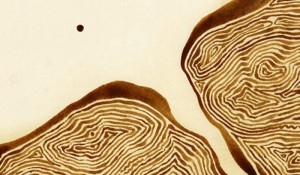 Michael Dudok de Wit‘s The Aroma of Tea is a quite beautiful and delicate film. I’m not sure how this abstraction will go over with Academy voters, but I found it excellent.
Michael Dudok de Wit‘s The Aroma of Tea is a quite beautiful and delicate film. I’m not sure how this abstraction will go over with Academy voters, but I found it excellent.
As a matter of fact there were a couple of wholly abstract films, and I was pleased to see this. Not all of them were as successful as Michael Dudok de Wit‘s work, but he is undoubtedly a master.
I’m sure I’ve forgotten to mention some others screened, but there was a bit of a glut – watching seven hours of animated films one-after-another -with many of them blending into each other.
I am somewhat disappointed that a couple of films weren’t among those screened. Run Wracke‘s Rabbit is brilliant, and i suspect would have done well among these contenders. (You can see a QT version of this here.)
Unfortunately, in all there were no surprises. My favorite was Joanna Quinn‘s extraordinary film, but that was hardly a surprise for me. Everything she does is extraordinary; she should have won an Oscar years ago.
In NY, we still don’t get to vote for the feature submissions. Hopefully, that will eventually change. Though watching all those bad features to vote for the few good ones is a daunting task. I suppose it’s no different than voting for the live action features. Their are few good ones for all the flack we watch.
Actually, I do love voting for the live-action shorts. Many of them are usually top-notch.
Thanks to the Academy’s Patrick Harrison for organizing such a well-run program and for making us all comfortable.
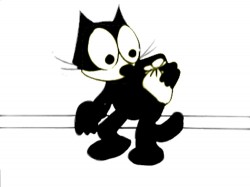 of Bray/Walter Lantz and the odd, rotoscoped Koko films of the Fleischer brothers.
of Bray/Walter Lantz and the odd, rotoscoped Koko films of the Fleischer brothers. 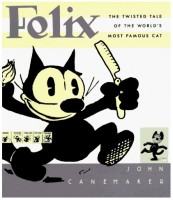 It often was quite clever how they manipulated the visuals for Felix to find his anmated deus ex machina.
It often was quite clever how they manipulated the visuals for Felix to find his anmated deus ex machina.